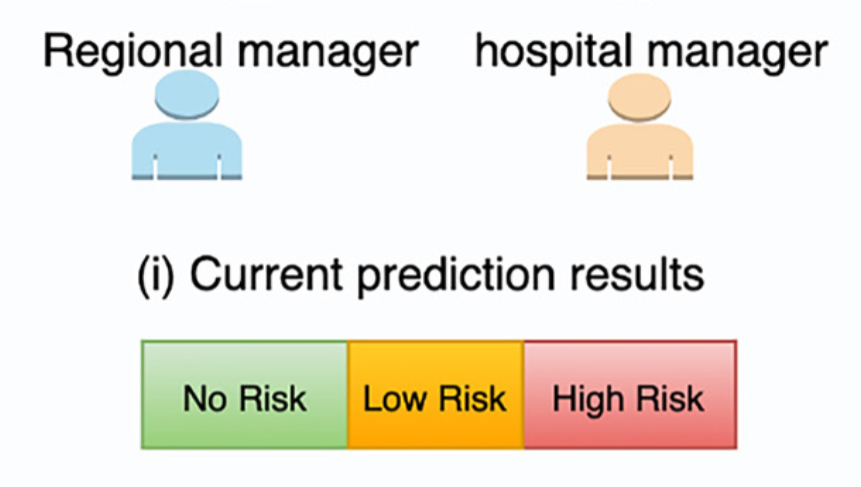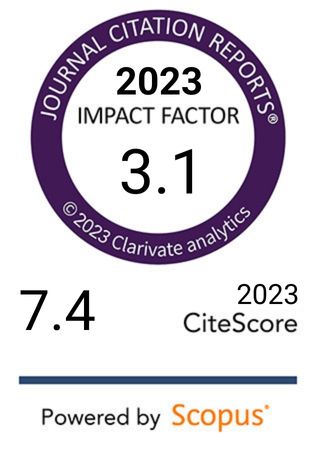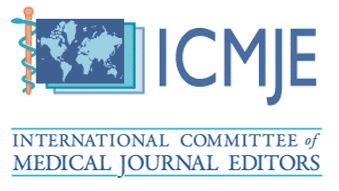Enhancing predictions of health insurance overspending risk through hospital departmental performance indicators
DOI:
https://doi.org/10.17305/bb.2025.12051Keywords:
Health insurance overspending, Departmental performance indicators, Overspending risk prediction, Machine learning, Health insurance management systemAbstract
The substantial rise in health insurance expenditures, combined with delayed feedback on overspending from administrative departments, highlights the urgent need for timely reporting of such data. This study analyzed a large cohort of 549,910 discharged patients' medical records from the Wuxi Health Commission, covering the period from January 2022 to November 2023. We applied four widely recognized machine learning techniques—Logistic Regression (LR), LightGBM, Random Forest (RF), and Artificial Neural Networks (ANN)—alongside departmental performance indicators (DPIs) to develop Insurance Overspending Risk Prediction (IORP) models at both regional and hospital levels. The dataset was divided into training and testing sets in a 7:3 ratio. Experimental results showed that LightGBM outperformed the other models, achieving an accuracy of 0.82 for both regional and hospital-level predictions. Its weighted F1-score reached 0.78 at the regional level and 0.82 at the hospital level, with corresponding AUC-ROC (Area Under the Receiver Operating Characteristic Curve) values of 0.91 and 0.94, demonstrating strong performance in identifying overspending risks. The model’s high recall and precision further ensure reliable predictions and minimize misclassifications. Notably, four key DPIs—Total Amount of Discharged Patients (TADP), Average Inpatient Stay (AIS), Medicine Expenses Percentage (MEP), and Consumable Expenses Percentage (CEP)—were strongly correlated with overspending risks. The integration of IORP models into the Health Insurance Management System (HIMS) at the Affiliated Hospital of Jiangnan University has significantly improved departmental managers' ability to anticipate overspending. By effectively leveraging HIMS in combination with this advanced model, managers can perform timely, accurate assessments, thereby enhancing financial oversight and resource allocation.
Citations
Downloads

Downloads
Additional Files
Published
Issue
Section
Categories
License
Copyright (c) 2025 Yao Bu, Danqi Wang, Xiaomao Fan, Jiongying Li, Lei Hua, Lin Zhang, Wenjun Ma, Liwen He, Hao Zang, Haijun Zhang, Xingyu Liu, Yufeng Gao, Li Liu

This work is licensed under a Creative Commons Attribution 4.0 International License.









